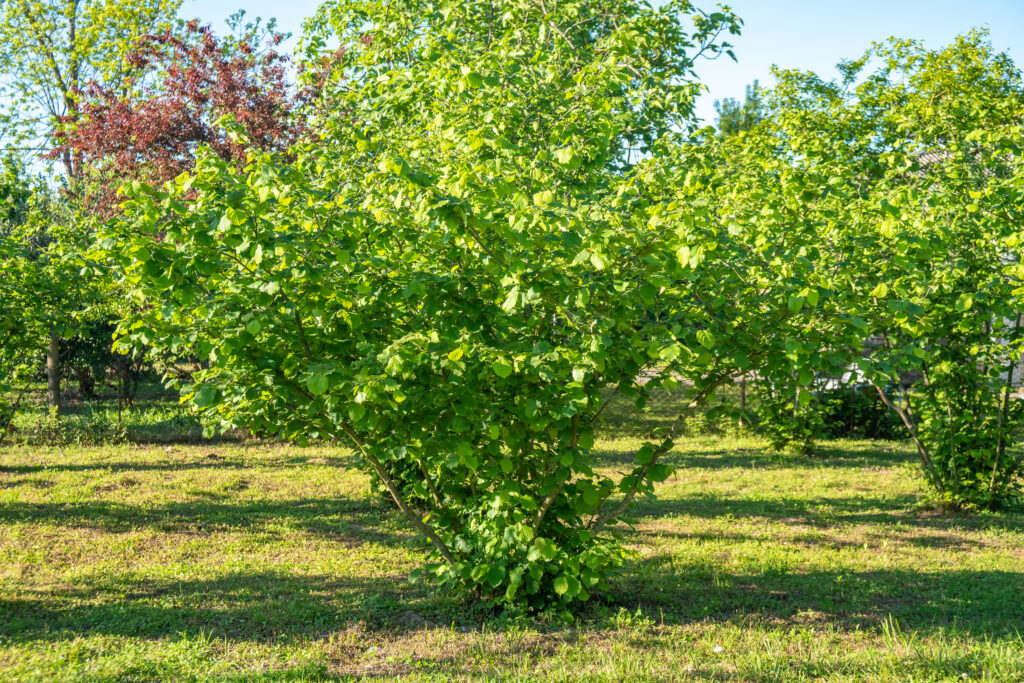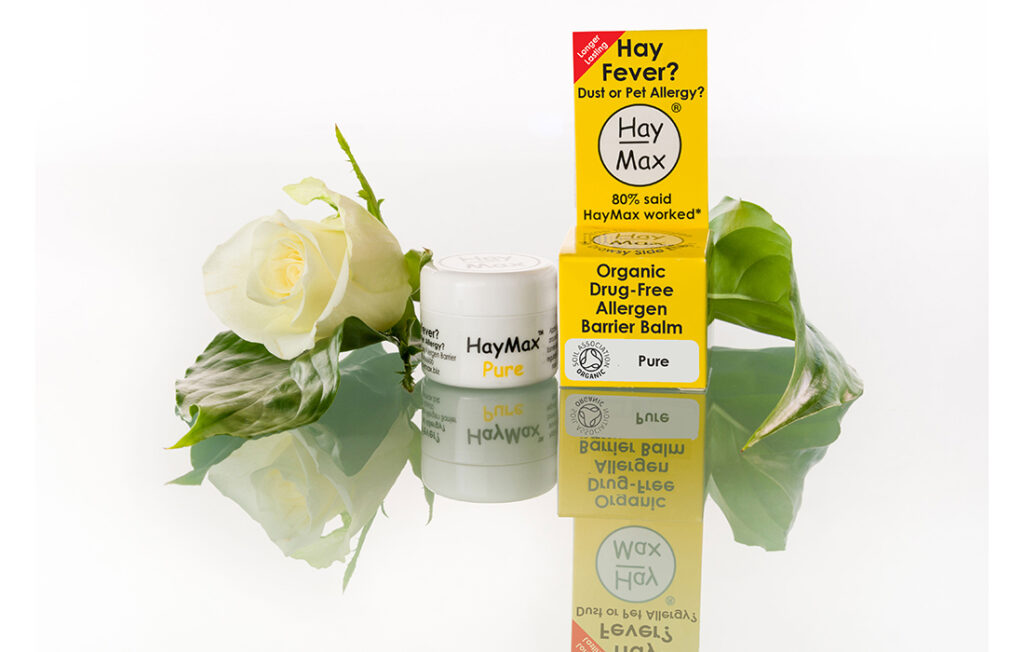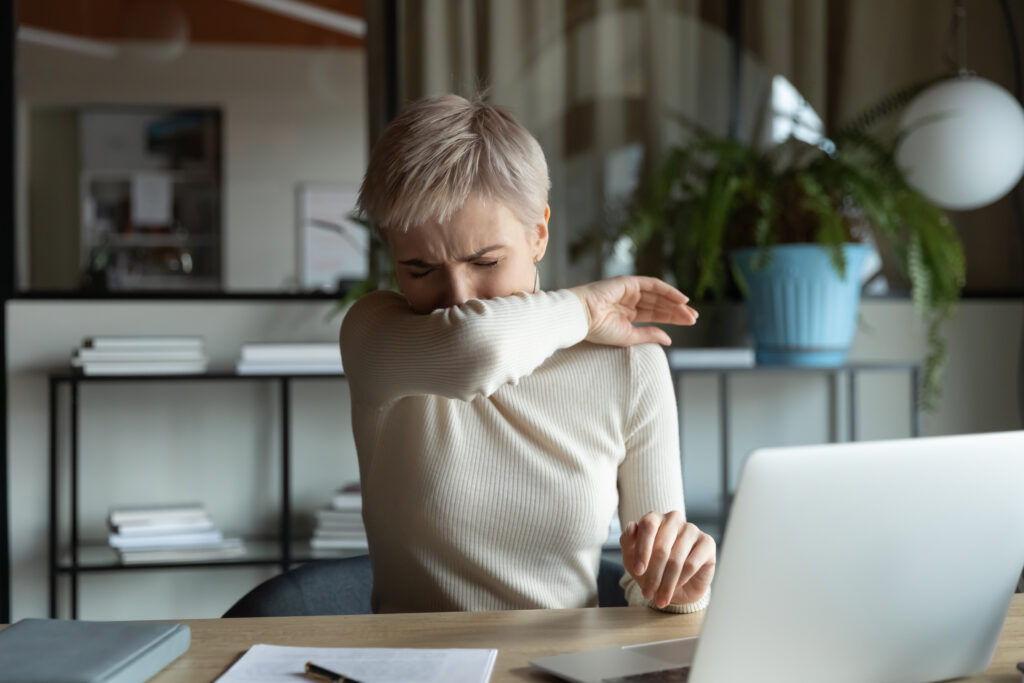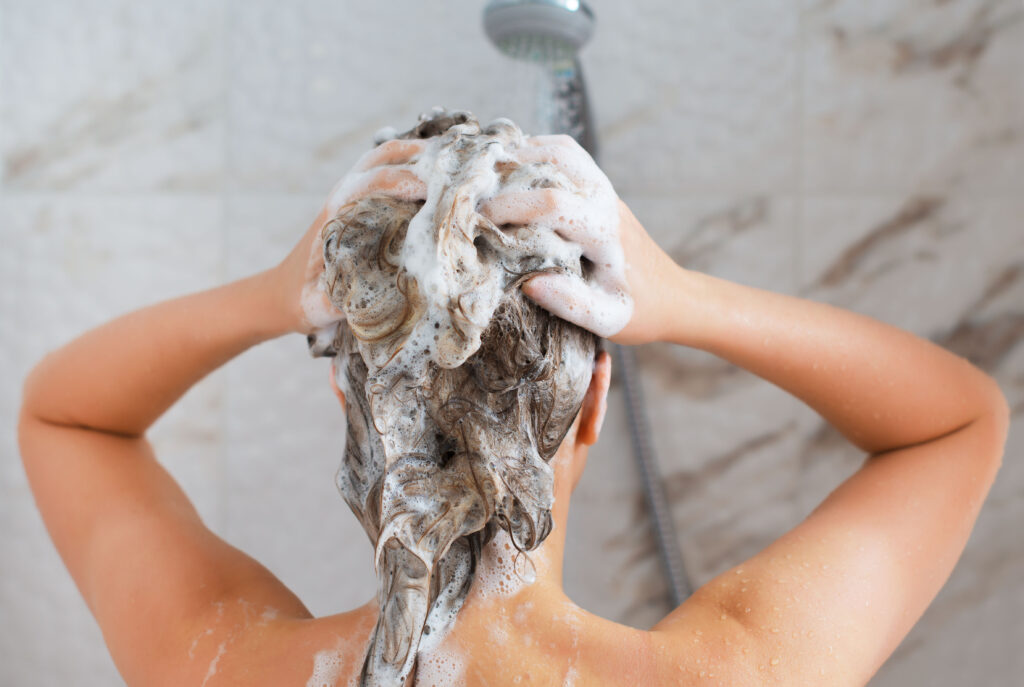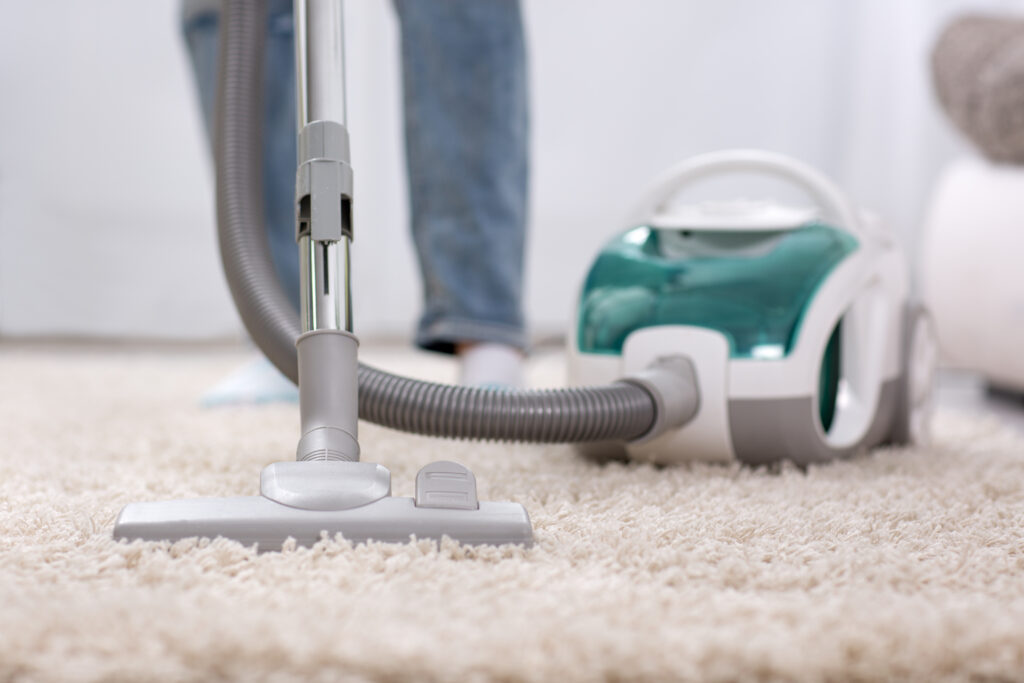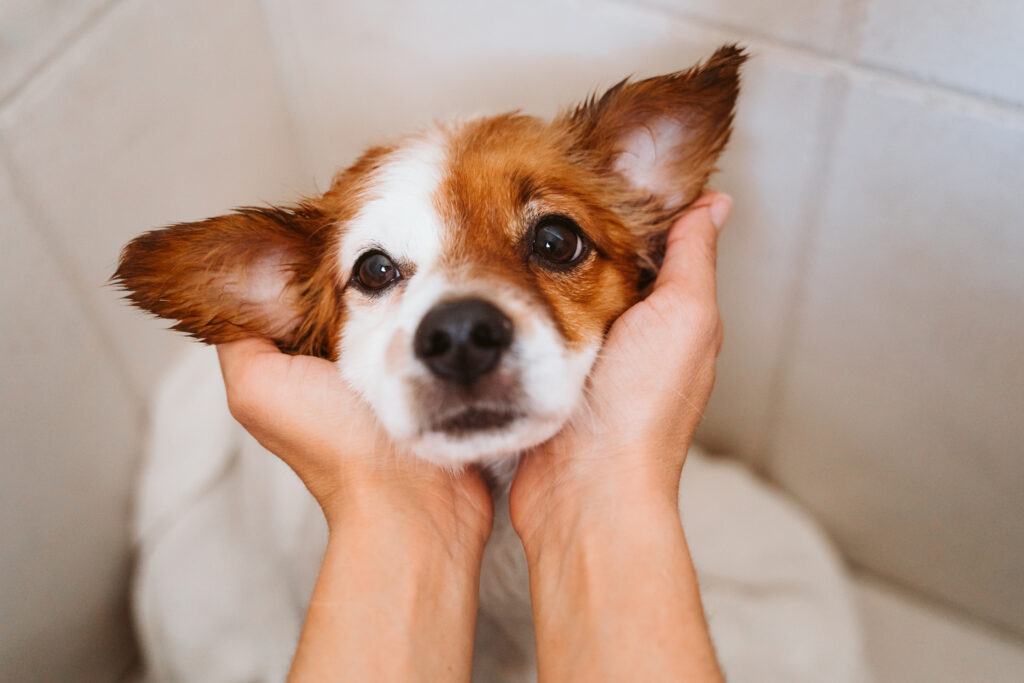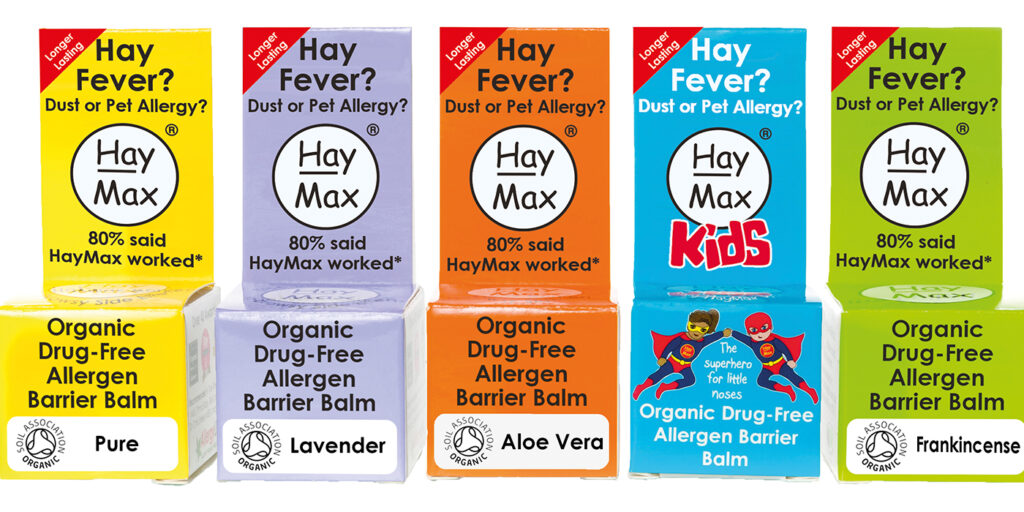Top 10 Tips for February Hay Fever
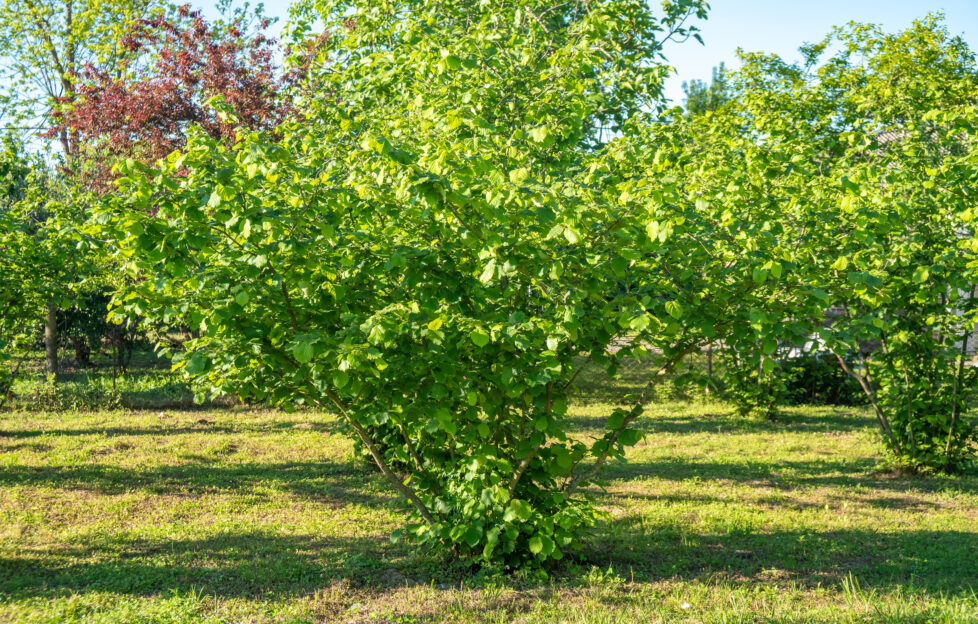
If you’re one of the unlucky ones with hay fever starting in February, there are things you can do to help avoid that pesky tree pollen. Trusted airborne allergens expert, Max Wiseberg explains, “Hay fever is an allergic reaction to pollen and other airborne particles such as pet allergens. Although most people who suffer from hay fever are allergic to grass pollen, many early season sufferers are allergic to tree pollen, which starts as early as February with alder and hazel, and peaks in March and April each year. Here’s my top 10 tips to help…”
- “Stopping the pollen getting in to your body is a good strategy for dealing with symptoms. If it’s not in your body, you can’t react to it! Use an organic drug free allergen barrier balm such as HayMax, which can be applied to the nostrils and bones of the eyes in the morning and throughout the day. It has been proven to trap over a third of pollen particles before they enter the body where they can cause symptoms.”
- “Antihistamine tablets and capsules can relieve most symptoms – sneezing, itchy, runny eyes, skin irritation, itchy nose and throat – but are less effective for nasal congestion.”
- “Antihistamine nasal sprays can quickly ease itching, sneezing and watering but are generally only proof against mild symptoms.”
- “Steroid nasal sprays and drops can reduce inflammation in the nose and sprays sometimes clear eye symptoms too. Eye drops may reduce itchy, watering, swollen eyes.”
- “You can create your own hay fever first aid kit, consisting of one or more natural product (such as an allergen barrier balm), one antihistamine, one nasal spray and eye drops. Never take 2 antihistamines together, never take 2 steroid nasal sprays together, and consult your pharmacist or doctor about it if you are already taking another medication.”
- “There are several things you can do to reduce your exposure to tree pollen outdoors. Wear wraparound sunglasses when taking part in outdoor sports or exercising outdoors to prevent pollen particles coming in contact with your eyes. Also, tie your hair up and wear a hat or cap when outside to prevent pollen particles being caught in your hair.”
- “Taking a shower and changing your clothes after returning from outdoor activities and exercise helps remove pollen from your hair, body and clothes, and reduces the amount you breathe in.”
- “Vacuum the house regularly (especially beds and fabrics) to remove pollen particles and damp dust surfaces to remove dust and prevent it being dispersed back into the air.”
- “If you own a pet then ensure that it is well groomed and shampooed as much as possible to remove pet allergens and pollen particles.”
- “Shower at night before sleeping to remove pollen particles and pet hair from your hair and body. This will also help you get a good night’s sleep and feel less sluggish the next day.”
HayMax organic drug-free allergen barrier balms RRP is £8.49 per pot and they are available from independent chemists, pharmacists and health stores, Holland & Barrett, Booths, Ocado, selected Superdrug and Boots, on 01525 406600 and from www.haymax.biz

